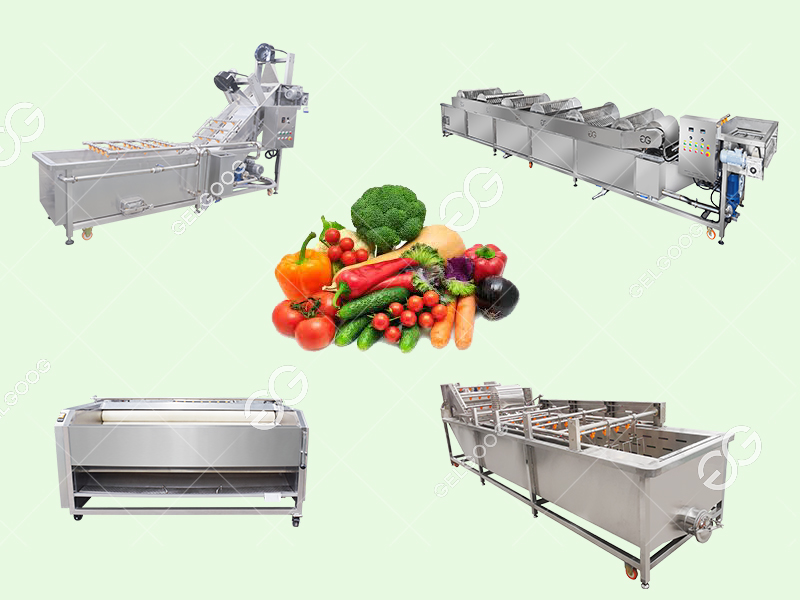When it comes to the primary processing of vegetables, everyone should understand that it is the basic processing of vegetables. The basic processing of vegetables is generally divided into two steps: peeling and cleaning. Remove impurities, dust, small flying insects and other inedible substances on the surface of vegetables. Usually, there are many different methods in the cleaning process. Are you curious about how the vegetables commonly found in supermarkets are processed in factories? This article answers that question.
Quality Requirements For Primary Processing Of Vegetables
- According to the different edible parts of various raw materials, different processing methods are used to remove the inedible parts.
- Vegetables should be washed with appropriate methods to remove soil, insect eggs, pesticides, etc. to ensure hygiene.
- Vegetables must be washed before cutting to prevent nutrient loss and contamination.
- The washed vegetables should be placed in a container that can be drained and arranged neatly to facilitate cutting and fine processing.
Primary Methods Of Primary Processing Of Vegetables
- Leafy vegetables
Leafy vegetables refer to the vegetables that use leaves and tender petioles as cooking materials, and can be divided into three categories: ordinary leafy vegetables, bulbous leafy vegetables and spice leafy vegetables. Common common leafy vegetables include small day vegetables, rapeseed, spinach, etc., headed leafy vegetables include Chinese cabbage, cabbage, etc., spice leafy vegetables include leeks, celery, fennel, coriander, etc.
Processing method: peel off the old and yellow leaves, and then wash them with clean water. If there are insect eggs on the leaves, they can be soaked in light salt water and washed. - Stem vegetables
Stem vegetables are vegetables with fat and tender stems and metamorphic stems as cooking materials, such as lettuce, kale, bamboo shoots, garlic, shallots, cigu, water chestnuts, taro, lotus root, ginger, etc.
Processing method: Rinse with water after peeling off the skin. - Root Vegetables
Root vegetables use the old and hypertrophy roots as edible parts, such as white radish, carrot, and yam.
Processing method: Wash away the sediment on the surface, peel off the outer skin of the raw material with a peeler, and then wash it with clean water. After washing, the raw material should be soaked in water to prevent discoloration.
- Fruits and vegetables
Fruit and vegetable raw materials use fruits and young seeds as cooking materials, such as eggplant, tomato, pepper, cucumber, zucchini, wax gourd, tender broad bean, edamame, etc.
Processing method: Use a peeler to remove the peel and then wash it. If the peel is thin, scald the peel with boiling water and then peel it. When processing beans raw materials, the old tendons on both sides should be torn off and washed. - Cauliflower
There are not many kinds of vegetables that use flowers as edible parts. The common ones are broccoli and cauliflower.
Processing method: first remove the outer leaves, use a knife to shave off the discolored parts, then separate from the cauliflower joints and wash them in clean water.

The above is the method of primary processing of vegetables, and the above method is more suitable for the processing of vegetables with small output. However, if the primary processing of vegetables is in a factory, then choose a vegetable processing line, which can process a variety of vegetables, and only needs to replace a special vegetable washing machine. We are a vegetable processing line manufacturer and supplier with many years of manufacturing experience and have exported to more than 180 countries around the world, if you want to start a vegetable processing business, you can contact us. We will help your vegetable processing business succeed.
